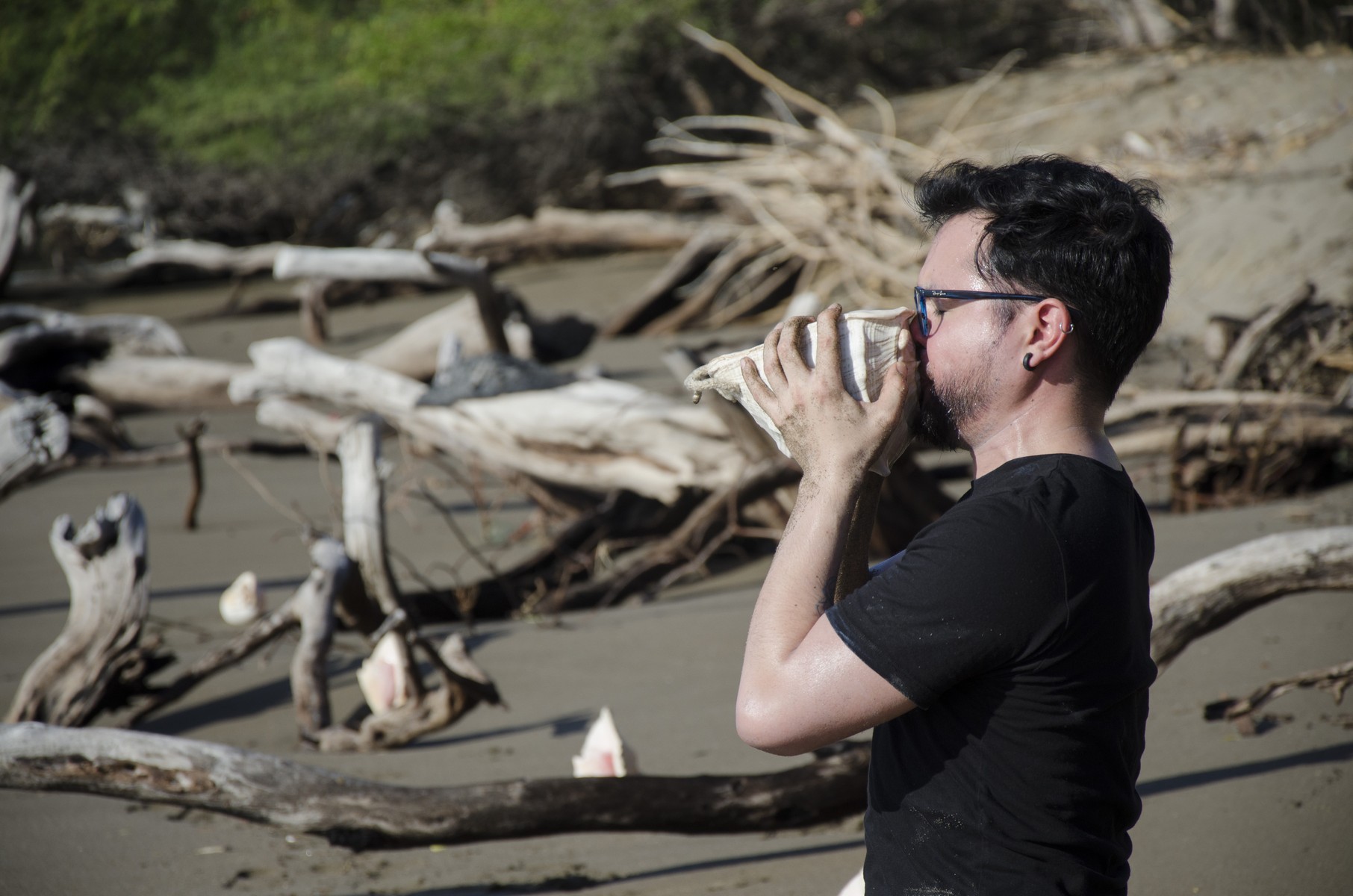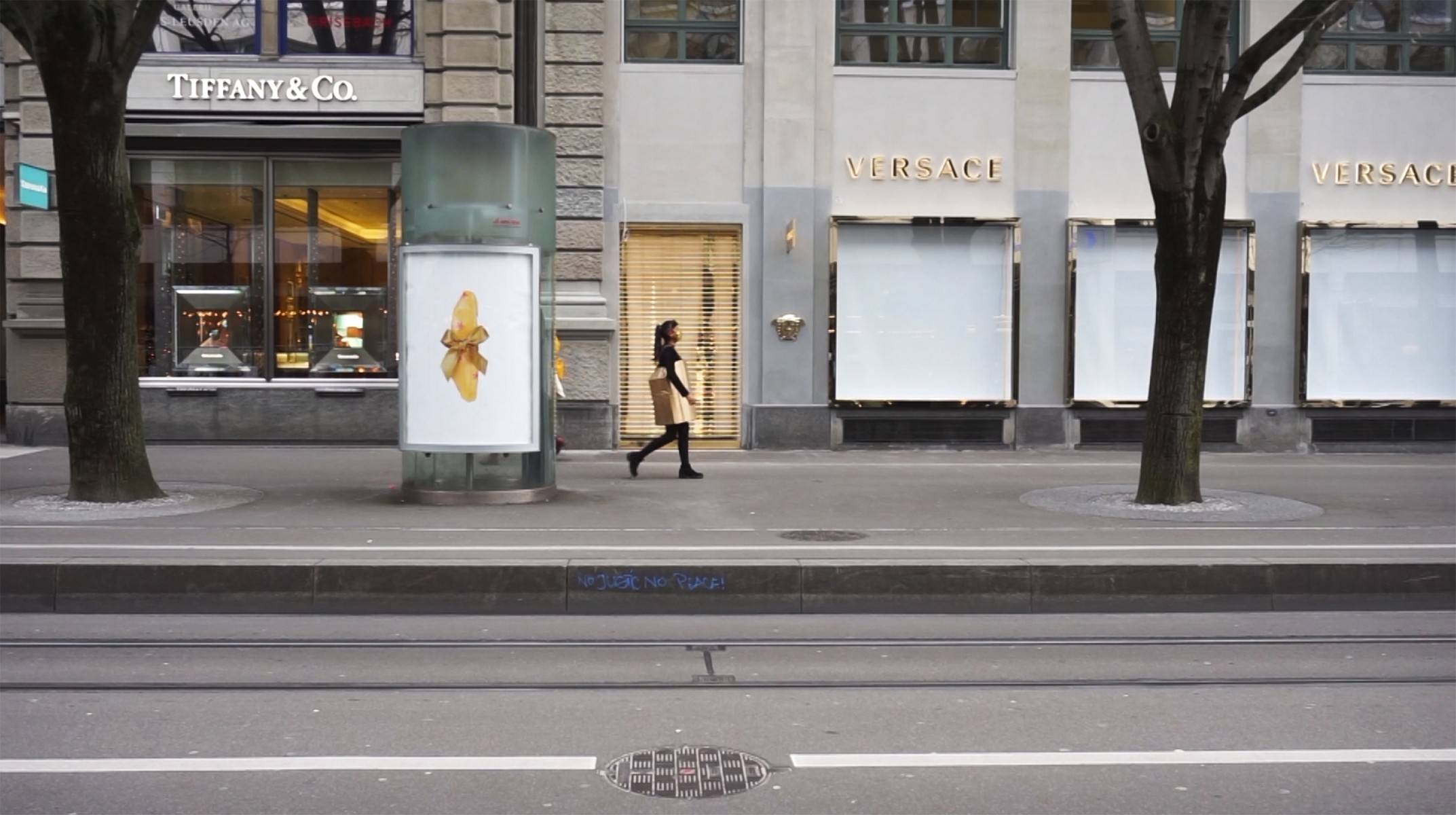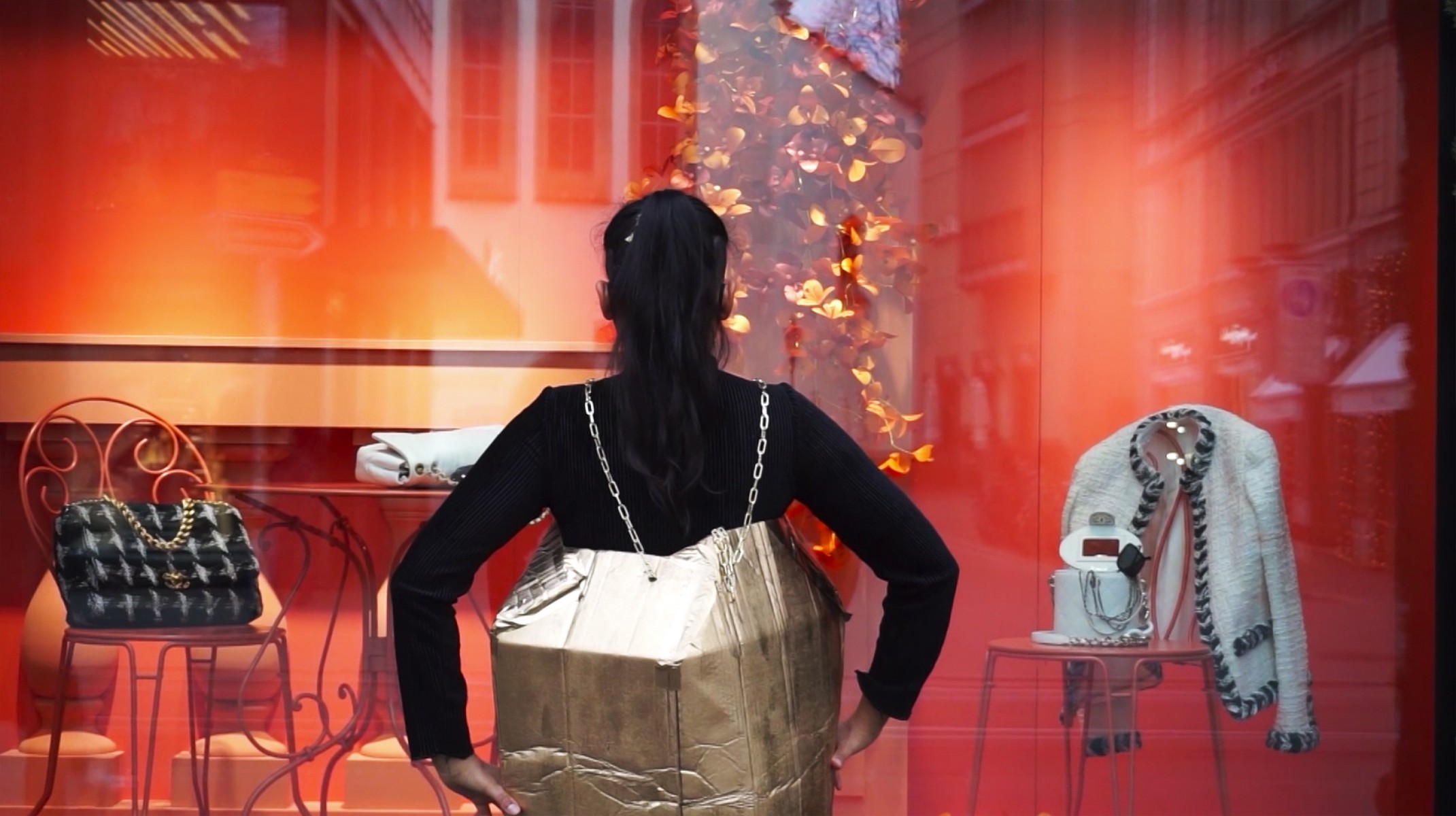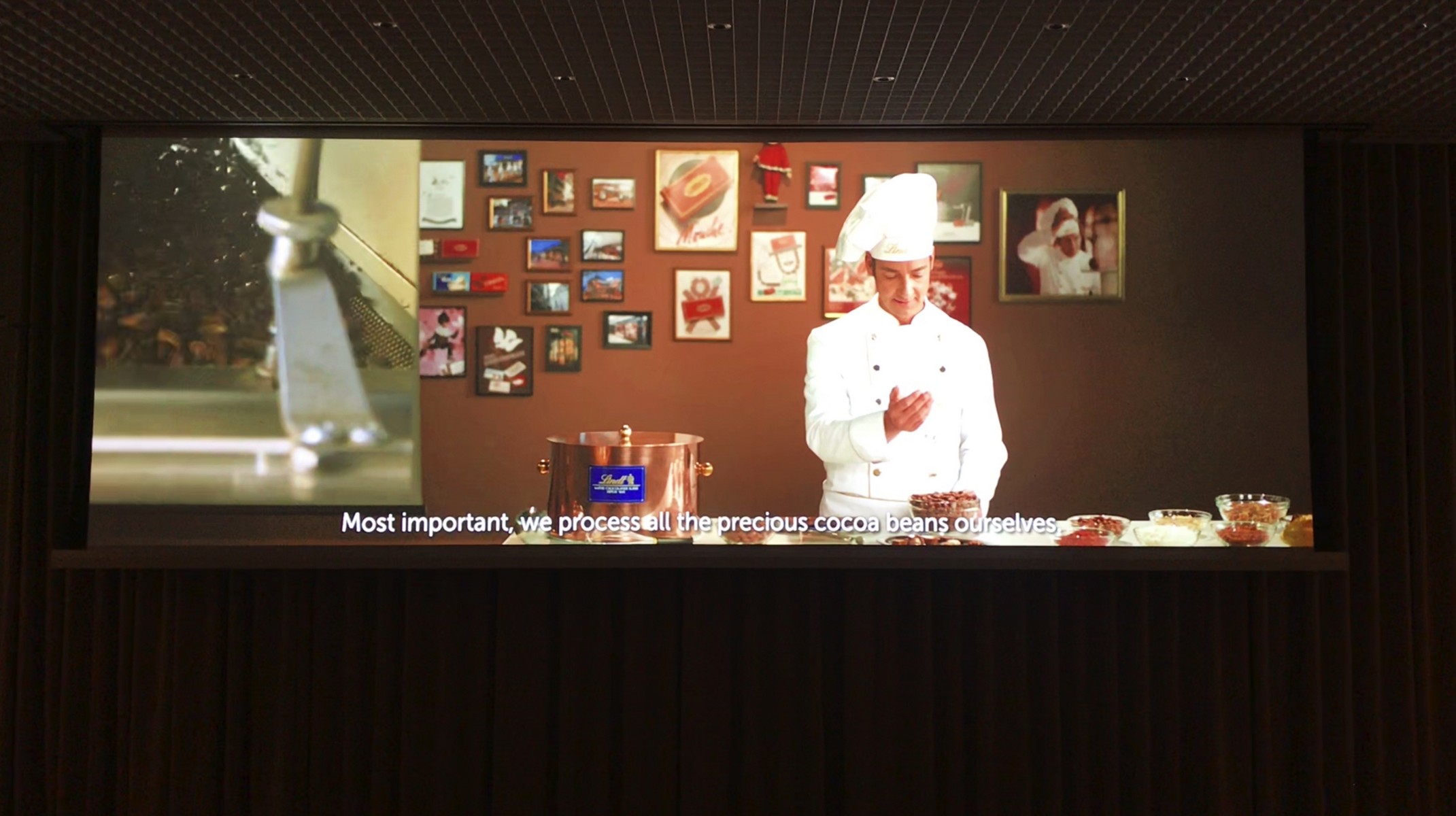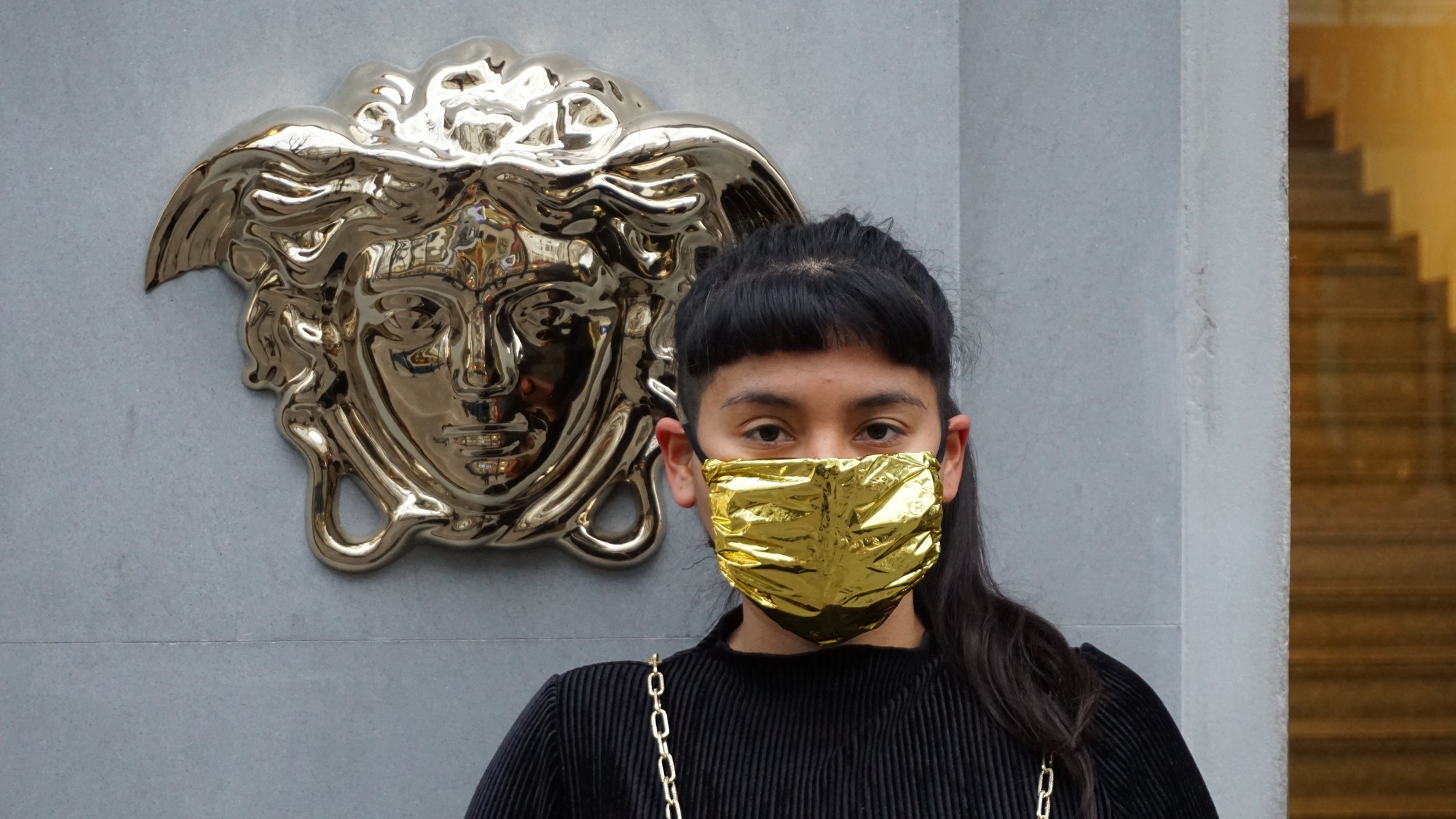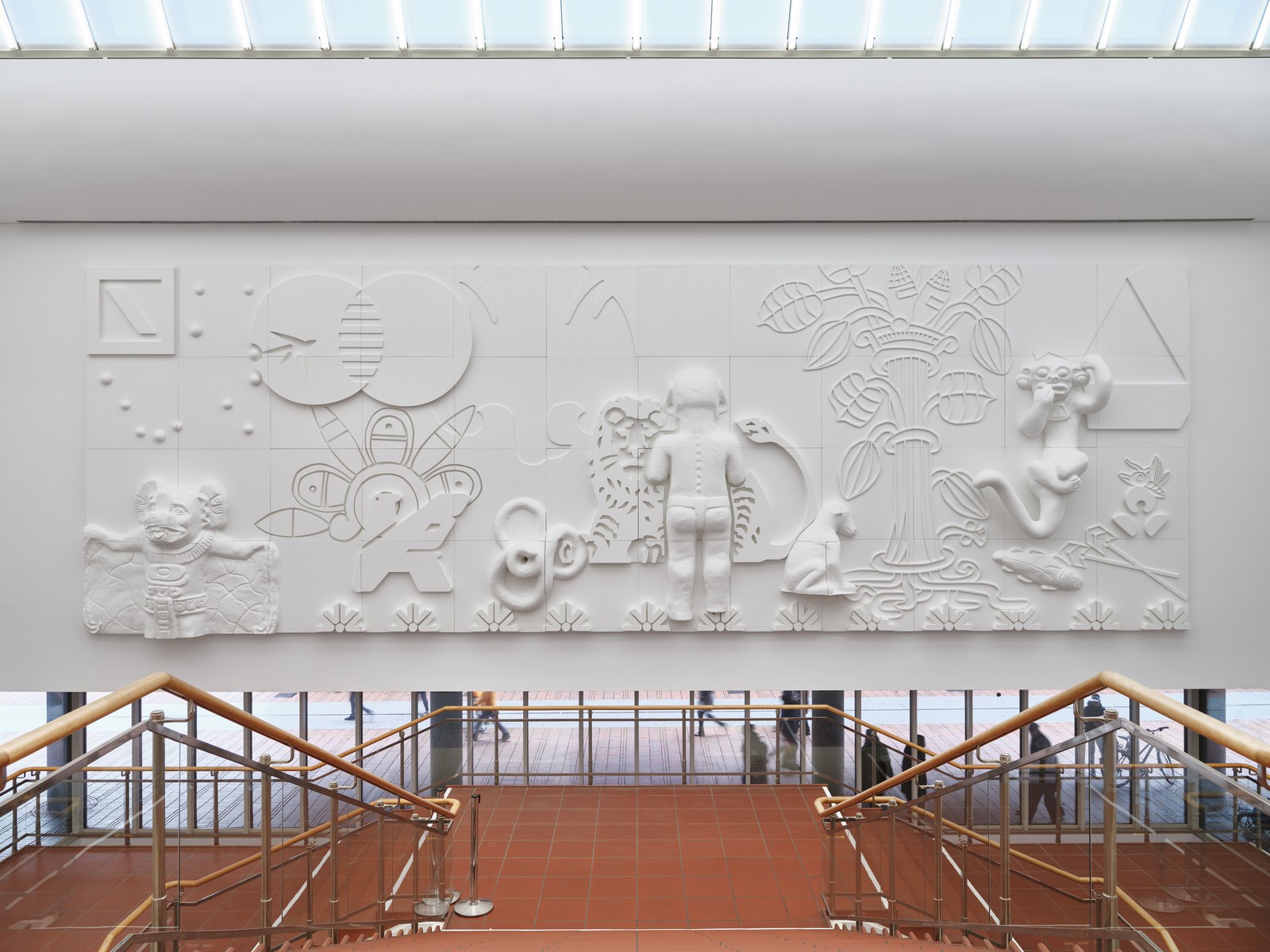PRESENTATION: Anti-colonial Interventions
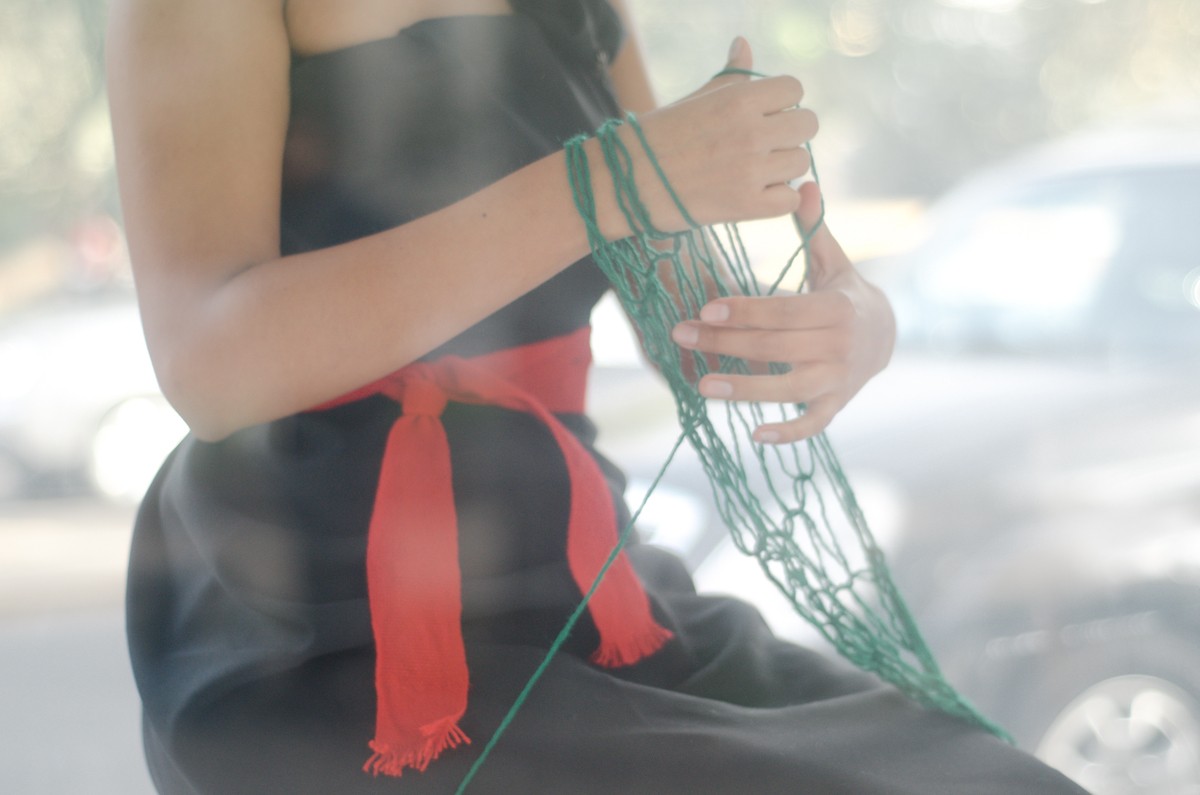 In “Anti-colonial Interventions”, the eighth project in the exhibition series HERE AND NOW at Museum Ludwig, viewers are invited to reconsented habits and reevaluating artistic categories. How does our gaze influence our experience of the world? Knowledge is acquired through dialogue, exchange, and comparison. However, knowledge is equally shaped by preconceptions, contradictions, and imbalances of power. “Anti-colonial interventions” can be found here and in various locations throughout the museum. Four artists from Chile, Honduras, Mexico, and Peru highlight the lack of diversity of artistic perspectives in the museum.
In “Anti-colonial Interventions”, the eighth project in the exhibition series HERE AND NOW at Museum Ludwig, viewers are invited to reconsented habits and reevaluating artistic categories. How does our gaze influence our experience of the world? Knowledge is acquired through dialogue, exchange, and comparison. However, knowledge is equally shaped by preconceptions, contradictions, and imbalances of power. “Anti-colonial interventions” can be found here and in various locations throughout the museum. Four artists from Chile, Honduras, Mexico, and Peru highlight the lack of diversity of artistic perspectives in the museum.
By Dimitris Lempesis
Photo: Museum Ludwig, Cologne Archive
The sound artist Pável Aguilar intervened in the museum’s permanent collection with sound sculptures and installations. The artist Paloma Ayala created clay figures that visitors can touch, which will be continually expanded and altered over the course of the exhibition. In addition, a dialogue with visitors about what anti-colonial interventions could mean will be fostered in a specially conceived program of events. The artworks, which are scattered throughout the museum, make existing power relations visible. For instance, Pável Aguilar engages with the exoticizing view of Expressionist artists and turns it around. A glossary and QR codes placed on various works will provide information on the long discriminatory history of the institution of the museum itself. At the same time, the questions raised point toward the future: How can we act in an anti-colonial manner when we operate within colonial structures? Can a museum with a predominantly white staff be anti-colonial? Opening up to other perspectives can also mean giving space to different forms of knowledge—for instance, in order to discover sustainable ways of living and doing business in harmony with nature. In Pável Aguilar’s “Acordeones Anticoloniales” (2022), nine colorful accordion bellows hanging on the wall bear inscriptions of words and expressions that are central to the exhibition’s anti-colonial interventions. The history and popularity of the accordion in Latin America are products of migration and cultural interaction. Developed in Germany and spread throughout Europe in the nineteenth century, the instruments were brought by migrants to Latin American, where they have been involved in the blending and invention of numerous musical rhythms ever since. In Pavel Aguilar’s video, the instrument is used to playfully highlight the importance of anti-colonial action and to raise the question: how does the meaning of the instrument change when its musical characteristics and history are juxtaposed? In “The Unfair Death Of Jesus And The Three Ministers As Witnesses” (2022) her contribution, Daniela Ortiz creates visual and name based parallels between Max Ernst’s painting “The Virgin Chastising the Christ Child before Three Witnesses: André Breton, Paul Éluard, and the Painter” (1926) and the death of the nine-year-old refugee Jesús Ánder in 2020 in a state-run shelter in Pamplona, Spain. Jesús’s death was officially identified as a suicide, and his organs were offered for donation without the authorization of his parents, who had been deported to Colombia. Ortiz presents a painting and documents to remind us of this case. In addition, her work refers to two other instances in which refugee minors died under the supervision of state authorities, while broaching the issue of mechanisms of exclusion based on the racialization of mothers. In five additional paintings on the third floor, Ortiz examines elements of Christian iconography and continues the narrative of Max Ernst’s painting. The title is a critique of white feminism: white employees of a youth welfare office, who operate in league with the patriarchate, are held accountable as witnesses on a charge of discrimination based custody revocation. In “I Will Grow Ears On My Hands, Arms On My Eyes, Fingers On My Fingers, To Clean Every Nutritious Molecule Off My Life” (2022), her workshop room, Paloma Ayala challenges visitors to interact with, intervene in, and even change the collection. The individual clay figures depict details of works included in the collection or in past exhibitions at the Museum Ludwig, as well as works referred to by other artists in the exhibition. With the help of many different hands, the original figures morph into new ones, and the artwork changes constantly during the exhibition. Through both the presentation of the clay figures and the invitation to participate, the artist raises the collection, the art canon, and customary traditions of knowledge as subjects for discussion. Tools, instruction manuals, and questions are distributed throughout the room, showing how the clay figures can be worked. In the three-part video installation “Fundición” (2022), the Mapuche artist Paula Baeza Pailamilla repeats a choreography in several locations based on the visual language of chocolate advertisements. To this day, advertising continues to project an exoticizing gaze on the peoples of countries where chocolate is produced. In reaction, Baeza Pailamilla performs gestures of “serving” in places that were shaped by colonialism, then merges with the background again and again. The production of chocolate is closely related to colonialism, due to the origins of the raw materials–cocoa and sugar–with which it is made. Today, chocolate production perpetuates the systematic exploitation of the land and people of Latin America and Africa by former European colonial powers through, for example, child labor employed to harvest cocoa beans. In conjunction with the exhibition Pavel Aguilar created “The Rooster” (2022) a video work for the foyer in which a rooster attacks his mirror image, in an unsuccessful attempt to defend his territory against a purported adversary. The process of geographically, culturally, and symbolically conquering and safeguarding territories is fundamental to colonialism and its aftermath. Aguilar’s video shows the absurdity of territorial and patriarchal violence, emphasizing that efforts to create a fairer society should focus instead on the question of how the rules of colonial power can be unlearned. While rooster fights have a long tradition, they are highly controversial in terms of animal protection regulations. The fights generally end with the death of one of the roosters, which is why they are forbidden in many parts of the world.
Participating artists: Paloma Ayala, Pável Aguilar, Daniela Ortiz, Paula Baeza Pailamilla
Photo: Paula Baeza Pailamilla, Etnoturismo (Ethnotourism), 2017, © Paula Baeza Pailamilla
Info: Curator: Joanne Rodriguez, Museum Ludwig, Cologne, Heinrich-Böll-Platz, Cologne, Germany, Duration: 8/10/2022-5/2/2023, Days & Hours: Tue-Sun 10:00-18:00, www.museum-ludwig.de/
